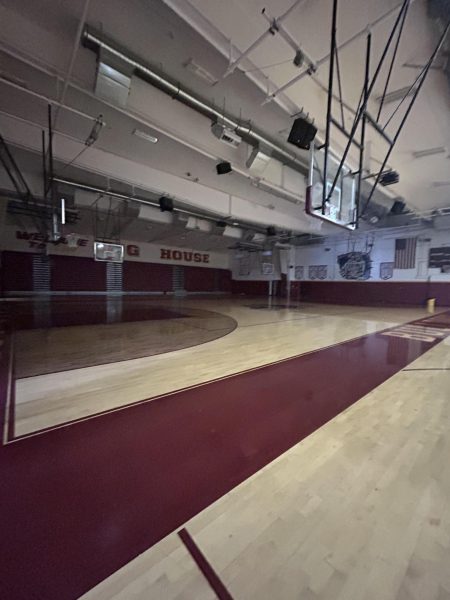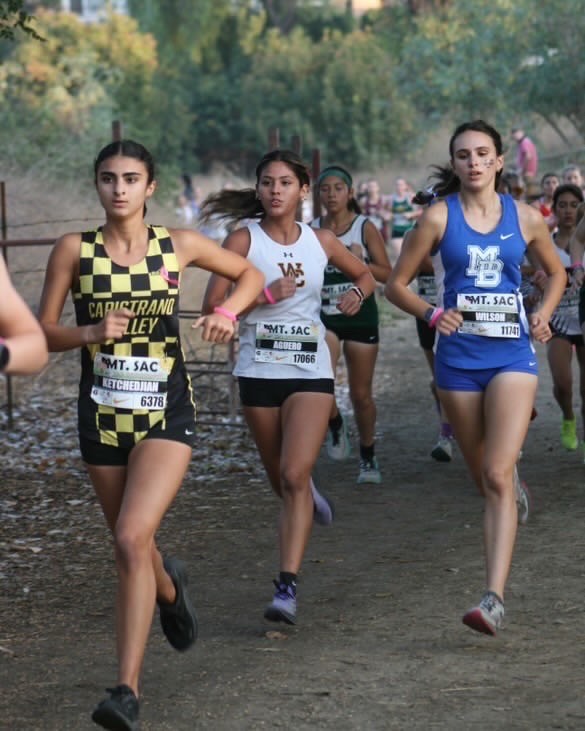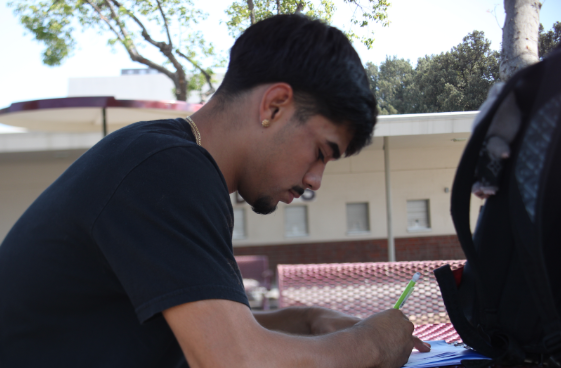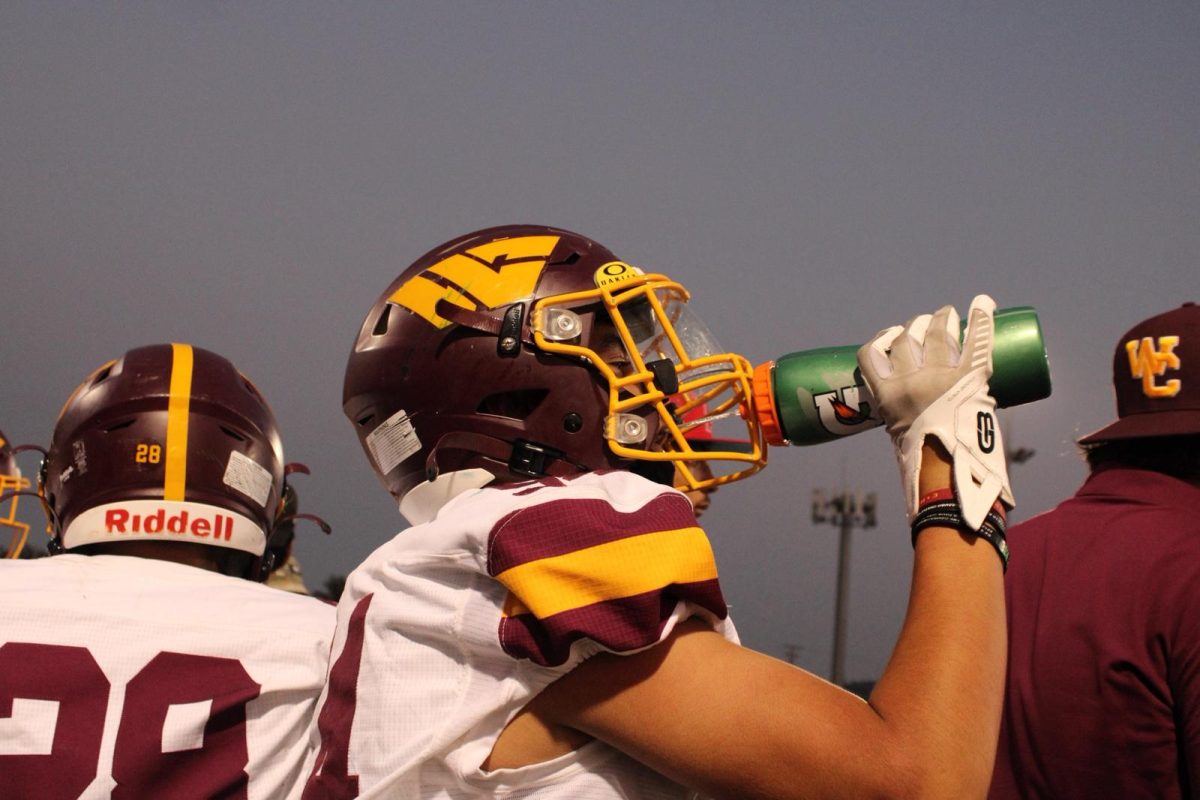As more sports started implementing morning practices, the change in practice times has been noticeable across campus, with sports such as boys football, cheer, cross country, and soccer. It has become more common to walk into school and see athletes who either just finished practicing, are getting themselves ready in locker rooms and restrooms, or are getting picked up to get ready at their house. Some find it challenging to get ready with little time in between practice ending and school starting.
For football players, the switch from after 4 p.m. to 6 a.m. practice has been especially beneficial due to the heavy equipment required for practice. Helmets and pads can make practicing in high temperatures dangerous, raising concerns for both safety and energy levels. Starting the day early has allowed the team to work through drills at full intensity without the constant threat of heat exhaustion.
“We just practice in the morning if it’s, like, too hot. I think like the last two weeks were morning practices, because of the heat advisory, we wouldn’t be able to practice during the day because it would be too hot with all our gear,” senior Noah Davis said.
Cross country, however, presents a unique reason as to why they added morning practices to their schedule. Since distance running demands long periods of physical exertion, athletes often find it difficult to reach their mileage goals (which vary for each running group), with the heat affecting the amount of time they have to practice in the afternoon, resulting in them splitting their runs into two halves.
“We want to run like a lot of miles, but like, we can’t because it’s really hot after school sometimes, so we’ll run like five to six miles or more, depending on what group you’re in, and then after school, we run maybe like three to two miles,” senior Angelina Aguero said.
In contrast, girls soccer began morning practices not only for heat concerns but also to accommodate field availability, with multiple sports sharing the same field and not having priority due to being in their offseason. The early hours have given the team more opportunities to work on technical drills without interruption. Due to having to be there at 6 a.m., junior Audrina Ruelas admits it takes some adjusting to waking up and immediately focuses on practicing.
“I think it’s difficult, especially just getting up, and also because it’s in the morning, but rides there and figuring out transportation, and then how to get back home, take a shower. Even me I don’t go all the time. I go, like, once a month, because I have trouble getting rides there. And my parents have work,” Ruelas said.
Beyond the physical aspect, morning practices have also benefited students mentally. Some athletes say the early start forces them to build better sleep schedules, while others admit it’s a struggle to balance late-night homework with waking up before dawn. Despite the adjustment, Ruelas agrees the sacrifices are worth it if it means staying safe and being able to compete at their highest level.
“Being there (at practice) by 6 a.m. isn’t such a hard thing, and I feel like I had more energy because I don’t know what being able to work out is like, a good day to clear my head before school and stuff,” Aguero said.
The adjustment to early mornings has come with other unexpected benefits. Some athletes find that morning practices free up valuable time in the afternoons, making it easier to balance academics, jobs, or other extracurriculars.
“I think they’re easier, since I don’t have to do anything after school. And when I get home, I have to do my homework or else I’m gonna fall asleep,” sophomore Anthony Quintana said.
Still, the shift to morning practices hasn’t been simple for everyone, as some athletes struggle with transportation, adjusting their daily routines, and simply getting themselves ready for school.
“It’s really hard to get ready with such little time and just feel like, hygienic, we just like, really rush to get ready, and we’re all having to cram by the mirrors, kinda like, squish up,” junior Mia Chavez said.

The shift of adding morning practices to their schedules has brought both advantages and challenges. While cooler temperatures, safer conditions, and extra time after school have benefited many athletes, others continue to face obstacles with transportation, scheduling, and balancing their daily lives. Despite the mixed experiences, the growing trend of early practices highlights the commitment of student-athletes to adapt and push through difficulties to perform at their best.







